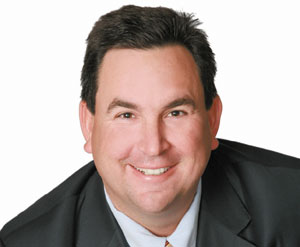The Fed pulls out of the mortgage market. The Federal Reserve
halted its 15-month-long program to buy up toxic mortgage-linked
securities on March 31.
The Fed pulls out of the mortgage market. The Federal Reserve halted its 15-month-long program to buy up toxic mortgage-linked securities on March 31.
Of all the things the Fed did to try and heal the economy and financial markets, this may have been its most crucial move. It was March 2009 when the program really began to get rolling. Guess when the current bull run began on Wall Street?
In purchasing about $1.25 trillion in mortgage debt, the Fed held interest rates on conventional home loans down, creating a golden opportunity for anyone who could refinance.
Looking at Freddie Mac data, rates on 30-year FRMs were averaging 6.08 percent in November 2008 (when the Fed announced the program) and 4.97 percent in March 2010.
The Fed has hinted it would be open to buying more mortgage debt if economic conditions demand – but with the economy healing by most measures, it feels no compulsion to extend the campaign any further.
So will mortgage rates zoom north now? Well, that was what many economists feared, with potentially miserable repercussions for the housing sector. So far in 2010, we have not seen rates climb measurably upward, even with the Fed flashing signals that the effort would be wrapped up.
If you listen to National Association of Realtors chief economist Laurence Yun, the sun is out. “Just as the Fed is stepping out, private investors appear to be stepping in,” he commented last month. “As long as there are buyers on Wall Street for mortgages, it should have no impact on consumers.” He did concede that “macroeconomic forces” could drive rates higher as 2010 continues.
On the other hand, Michael Fratantoni, a vice-president at the Mortgage Bankers Association, sees some clouds. “Home sales really are running at quite a slow pace, and we haven’t seen much of a spring buying season yet, so there haven’t been a lot of mortgages originated or securities issued,” he told the New York Times. He thinks rates on FRMs could average 5.8 percent or so by 2011.
Will the effect be mild? If you ask a real estate industry analyst what the biggest pain to the housing market is right now, he or she will probably cite unemployment, not reduced availability of credit.
Joblessness is stopping mortgage payments and home purchases more than anything else. The stock market reacted tamely when the Fed bumped up the discount rate in March, and many economists think mortgage rates won’t move very much in the near term.










